U.S. President Donald Trump and Russian President Vladimir Putin have met in Alaska for their first face-to-face talks in six years, aiming to address the ongoing war in Ukraine. The summit is taking place at Joint Base Elmendorf-Richardson in Anchorage, a location chosen for its historical and geopolitical significance, sitting just across the Bering Strait from Russia.
The venue also holds strategic importance, having played a key role in Cold War-era defense and serving as a hub for high-level diplomatic meetings. Trump highlighted its status as America’s “first line of defense” during a previous visit.
The timing of the meeting is critical. Trump has repeatedly promised to end the war in Ukraine swiftly, even setting an earlier deadline for a ceasefire that passed without agreement. While he remains cautiously optimistic, he has publicly stated there is a significant chance the talks could fail. He has also suggested a follow-up meeting that might include Ukrainian President Volodymyr Zelenskyy.
Zelenskyy, however, is not part of the current talks. He has insisted that any deal made without Ukraine’s participation would be unacceptable. European leaders have echoed this view, emphasizing the need to keep Ukraine fully involved in any peace process. Putin, on the other hand, has reportedly requested that Zelenskyy not attend this initial meeting.
The negotiations face major obstacles. Ukraine is determined to reclaim occupied territories, while Putin has made it clear that Russia intends to retain control of those areas. The Russian leader also demands that Ukraine remain neutral and limit its military capabilities—conditions Kyiv has so far rejected.
Analysts suggest that Putin is seeking to strengthen his international legitimacy by engaging directly with the United States, while Trump is aiming to position himself as a global peacemaker. For Trump, a breakthrough could enhance his diplomatic reputation and further his ambition for recognition on the world stage.
Both leaders have acknowledged that while the goal of ending the conflict is simple in theory, achieving it will require navigating deep divisions and entrenched positions. The outcome of the Alaska summit could shape the next phase of the war—and determine whether peace talks gain momentum or stall once again.


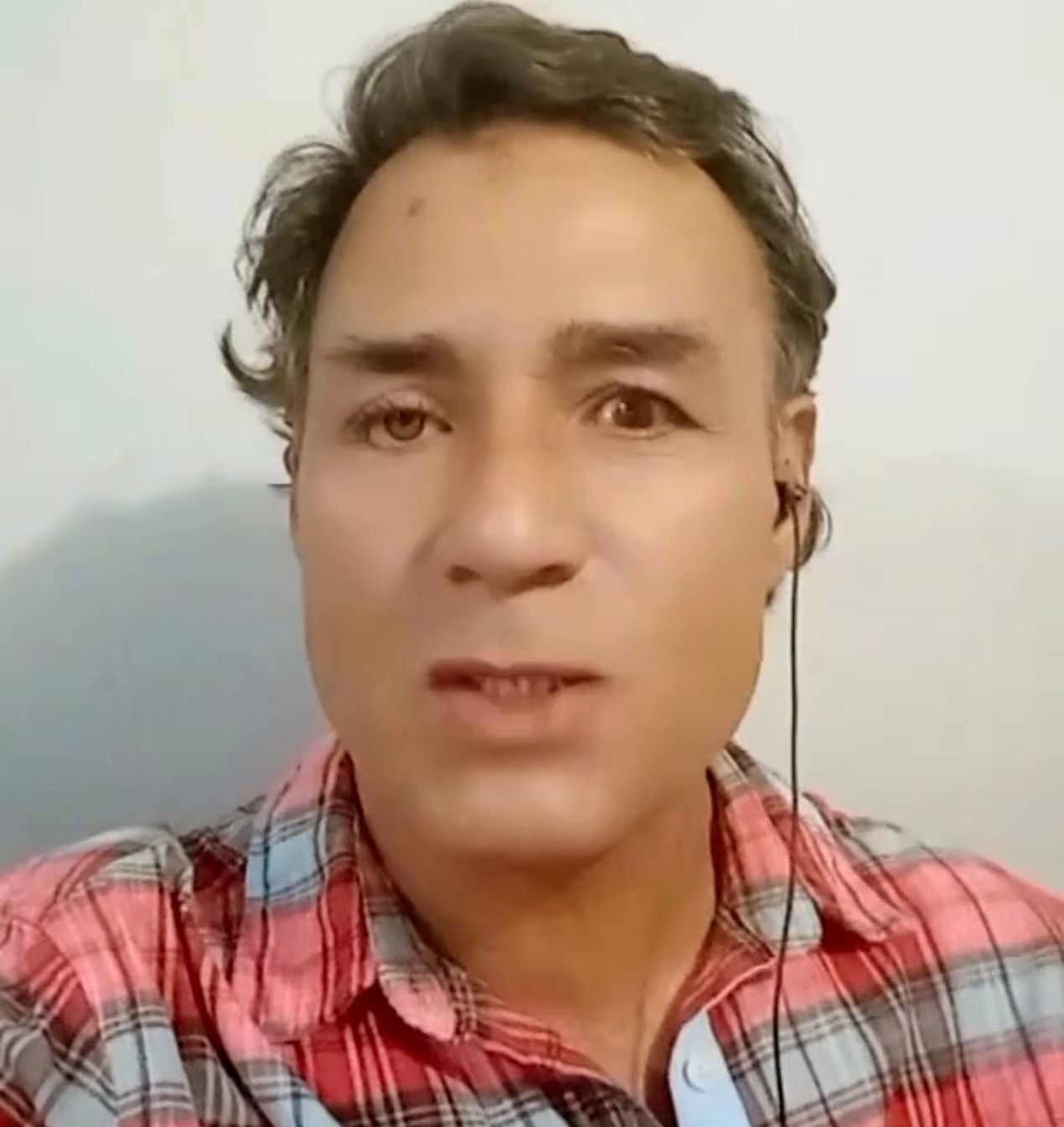
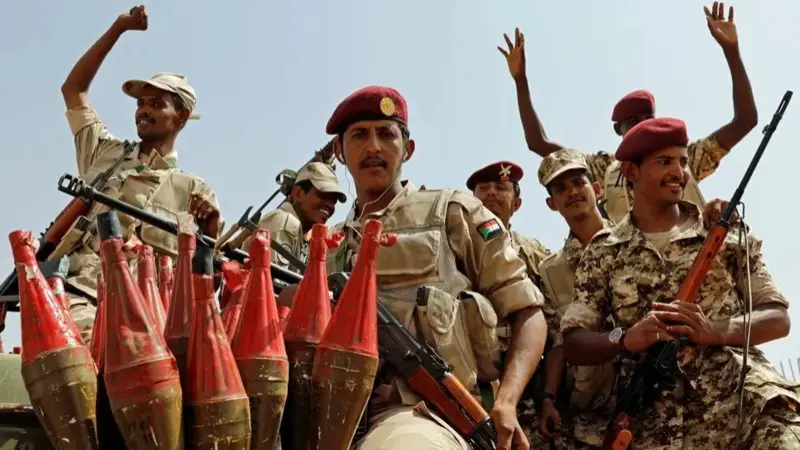
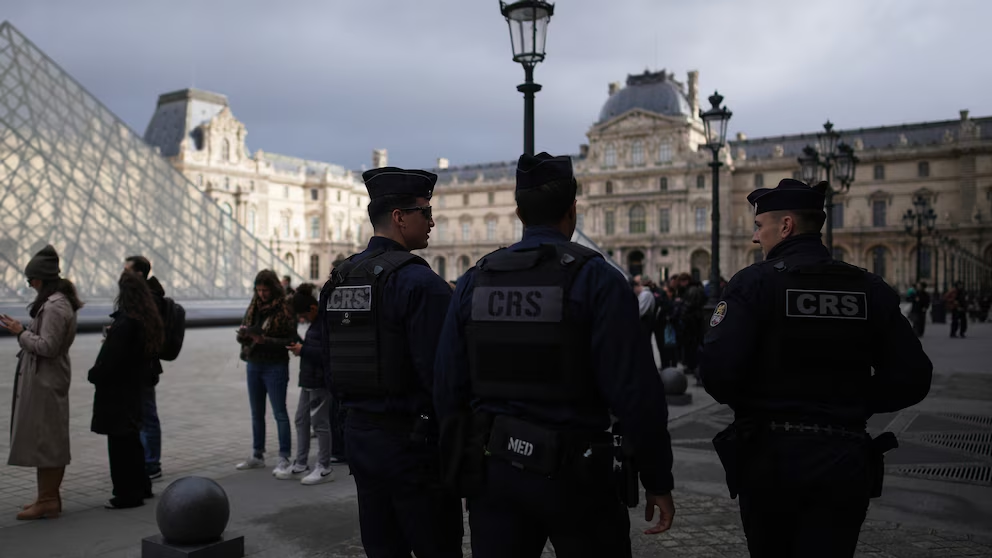
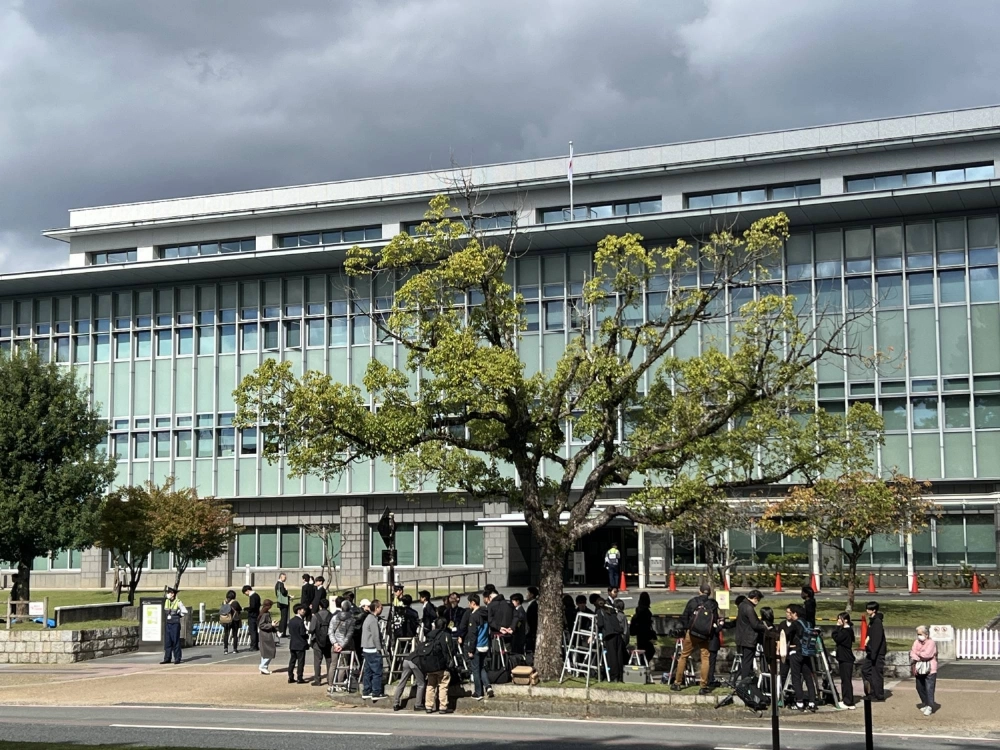
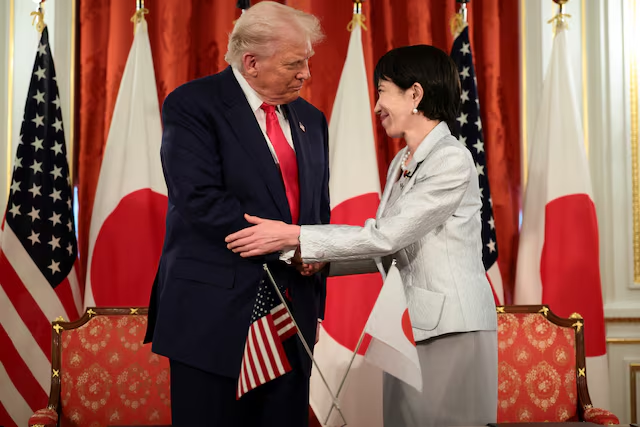
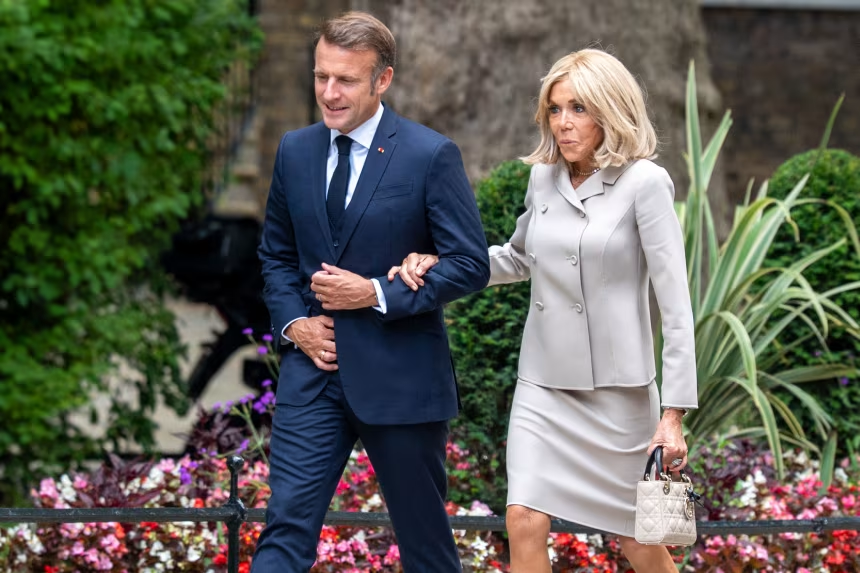

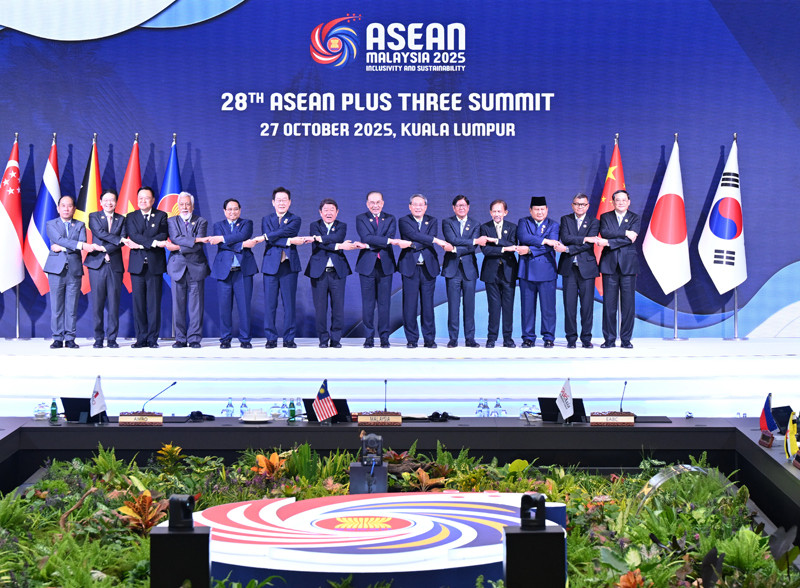
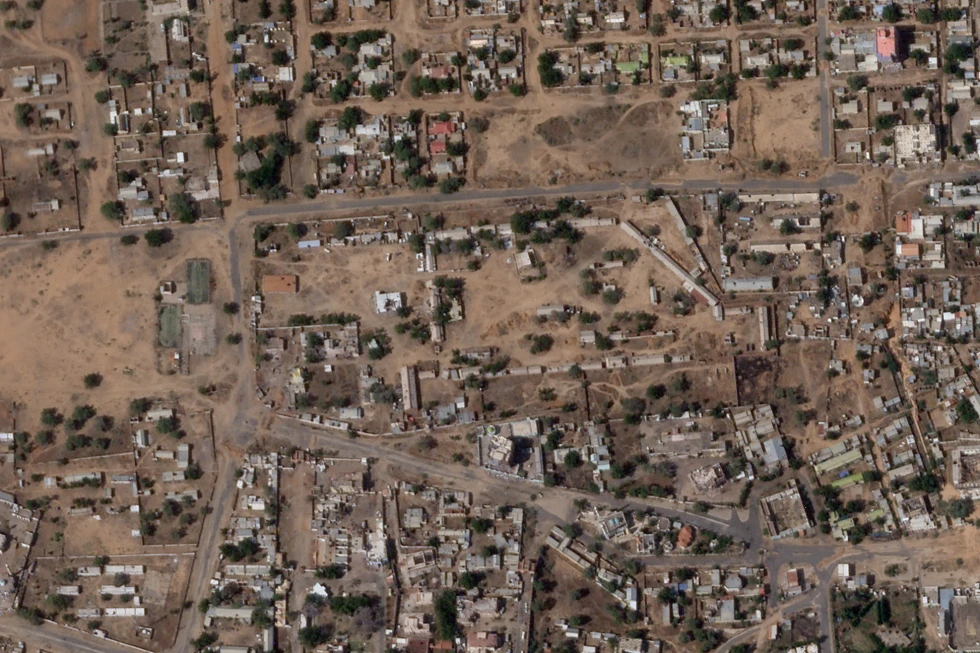
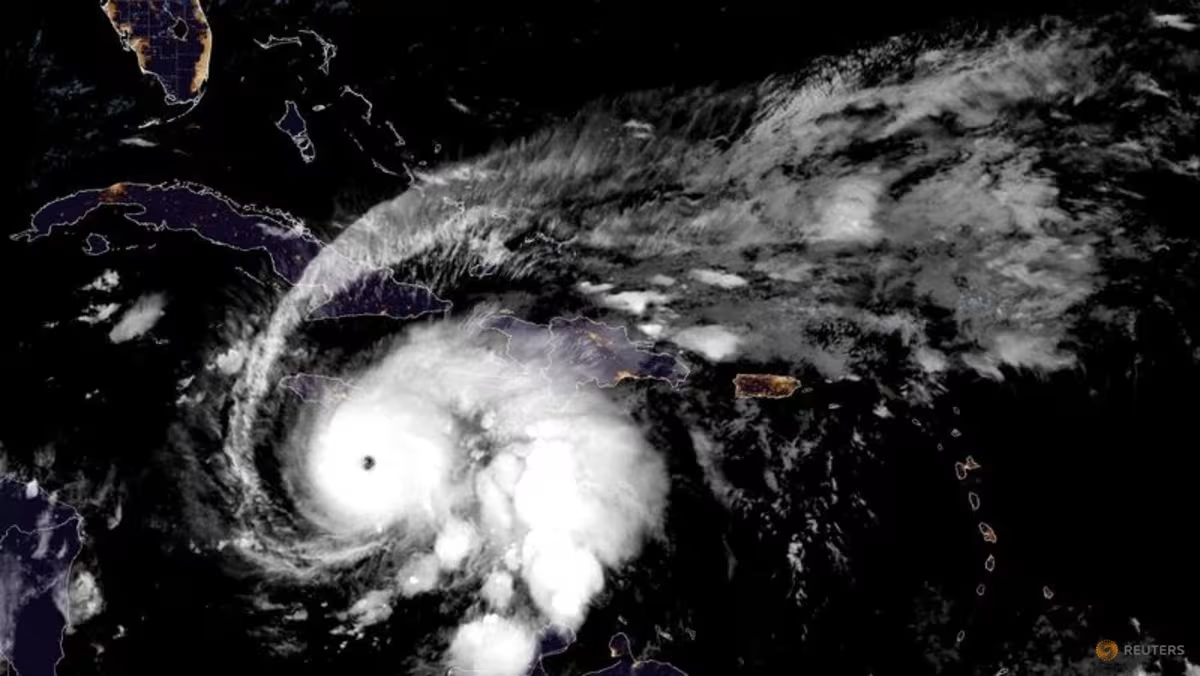


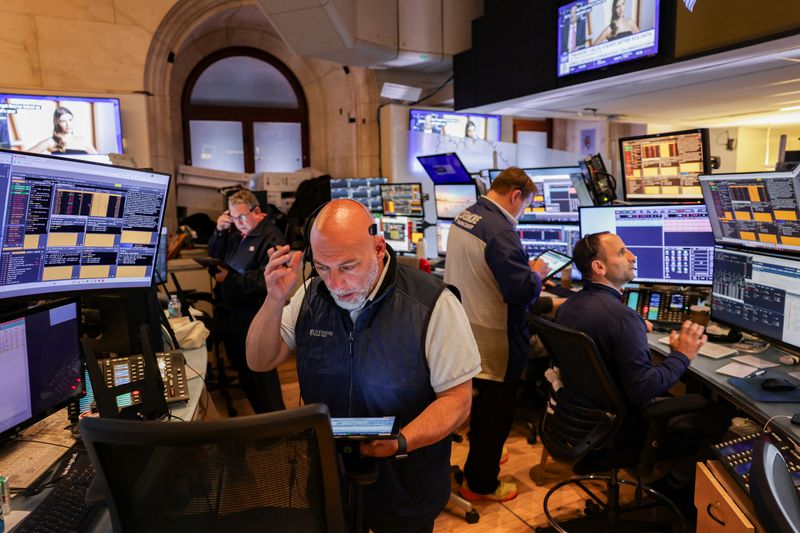

Leave a Reply